07:39, 04/09/2023
Cu M'gar means Flower Mountain and the Ede community here calls that name with all their pride and love.
I have been to many wonderful lands in the Central Highlands, but no place has left me with such a feeling of nostalgia and dreaminess as here. Cu M'gar is the land of a volcano that has been extinct for millions of years - and thanks to that geological change, it has become one of the most fertile and lush lands on the Dak Lak plateau. This place was once described as "just need to plant a branch to have a forest"!
Indeed, the name Cu Dlie M'nong (a commune-level administrative unit of Cu M'gar district now) is interpreted by the local people as "forest after forest" - therefore, in that space, the "forest culture spectrum" has formed and deeply influenced, permeated the life of the local Ede community. I have been here many times, with Mr. Y Toan Ayun - cultural officer of Ea Tul commune, A Mang - Deputy Head of the district's Department of Culture and Information and artisan Y Kut Nie wandering around the remote and nearby villages and realized that the spiritual life of the local Ede people is still permeated with the above cultural spectrum, still present in every house. They said that, up to now, people's lives have changed a lot, especially in terms of economic structure, society in general is gradually developing towards a more civilized and modern direction, causing the isolation of the community to be broken, traditional customs are also more or less fading, instead, new values are formed as an inevitable trend. But fortunately, those new values have not weakened the most fundamental part that has permeated the flesh and blood of each member of the indigenous Ede communities. Their cultural life in the new context is still maintained quite regularly as an indispensable self-need in each village. From practicing rituals, customs, beliefs, spirituality to performing folk songs, folk dances, bamboo musical instruments, gongs... and especially singing khan (epic) always takes place in many forms - either during the agricultural season/life cycle, or organized periodically by local authorities and people.
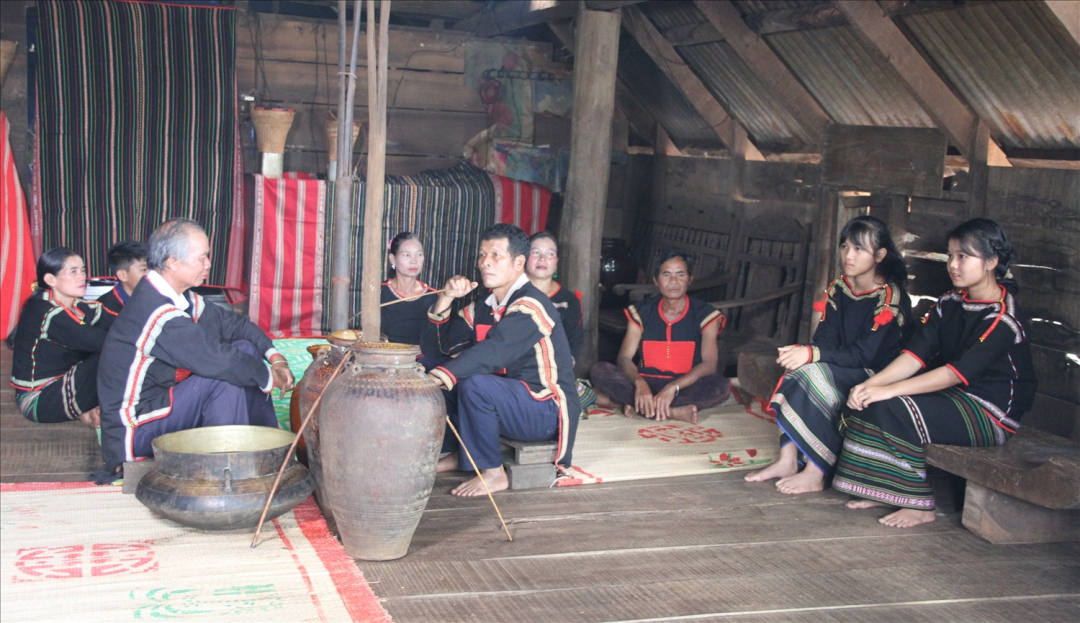 |
| Epic singing performance in Ea Tul commune. |
With the art of khan singing, the Hoa Mountain area is one of the places that still preserves and conserves this unique and typical cultural heritage the most. Artisan Y Kut Nie shared with me one thing for sure, that there is no place with as many khans as the Hoa Mountain area. He explained, just imagine, in the past, when people lived closely with the great forest, at that time the space for communication and travel was very difficult, so in the middle of the deep and dense mountains and forests, people often gathered together in a long house somewhere in the village. And by the red fire and the wine, people could be lured together - from old to young, men and women, to talk and dream about a colorful, mythical and majestic world to satisfy their spiritual life and aspirations. From then on, long nights followed one another, separate stories were put together and epics were born like that... In the story with Y Kut, I suddenly remembered that in the 20s of the last century, the French consul Sabatier came here, and instead of taking care of administrative work, he was stunned by the magical beauty of the people and landscape here, and then he spent a lot of time and effort listening to people tell those seemingly separate and endless stories in order to learn and record them into an epic called Dam San right on this land.
Epic singing in Cu M'gar is generally preserved and practiced by many members of the villages. Therefore, in the first days of August, the Dak Lak cultural sector chose Ea Tul commune to organize audio and video recordings of this heritage performance in order to preserve, conserve and teach it to today's young generation. Mr. Y Mang, Deputy Head of the Department of Culture and Information of Cu M'gar district |
According to statistics from the cultural sector of Cu M'gar district, up to now, at least 7 epics have been discovered, recorded and popularized in the Ede community in Dak Lak. Of these, 3 epics (the most typical of which is the Dam San epic) were compiled and published at the end of 2010 within the framework of the project "Investigation, collection, preservation, translation and publication of the Central Highlands epic treasure" approved by the Prime Minister and implemented from 2007 to 2010. Mr. A Mang as well as most of the cultural researchers here admit that among the 75 epics of the Central Highlands ethnic minority communities that were compiled and published under the above project, the Dam San epic has the most widespread influence. In the Ede community in Dak Lak in general and Cu M'gar in particular, there are many generations who know how to sing and recite this epic - and they consider it a proud cultural symbol in the folk cultural treasure of their people. In many villages in Cu M'gar district, there are many people from many generations who sing and recite the Dam San epic as a cultural practice to instruct and teach their children to live and aim for noble values through the image of the brave soldier Dam San - that is the spirit of generosity, generosity and righteousness; not retreating before any dark forces to fight and win peace and happiness for the community.
A quick look at the famous khan singing artists in Ea Tul commune such as Mr. Y Yem H'wing, Y Bloh H'wing, Y Wang H'wing, Mrs. H'Bung Mlo... next to Mr. Y Kut Nie, Y Dhin Nie (T'ria village), Y Rang Kla (Sah village) and Ms. H'Ru Hwing (Phuong village) shows that this locality is considered the "cradle" of the local Ede ethnic culture, in which the most typical is khan singing. Many times I have heard them sing khan singing and I think this type of folk culture - art for the Ede community in that Hoa Mountain land is a way of co-existing between the past and the present without interruption to continue to inspire their deep cultural capital to flow forever...
Dinh Doi
Source



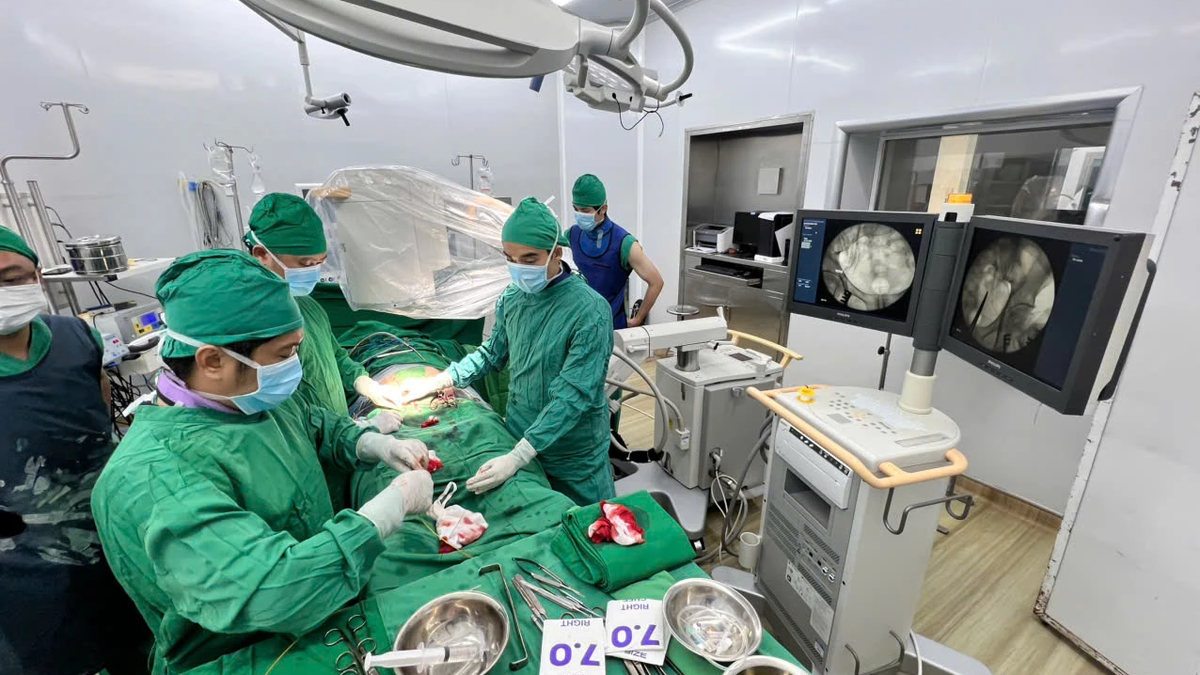


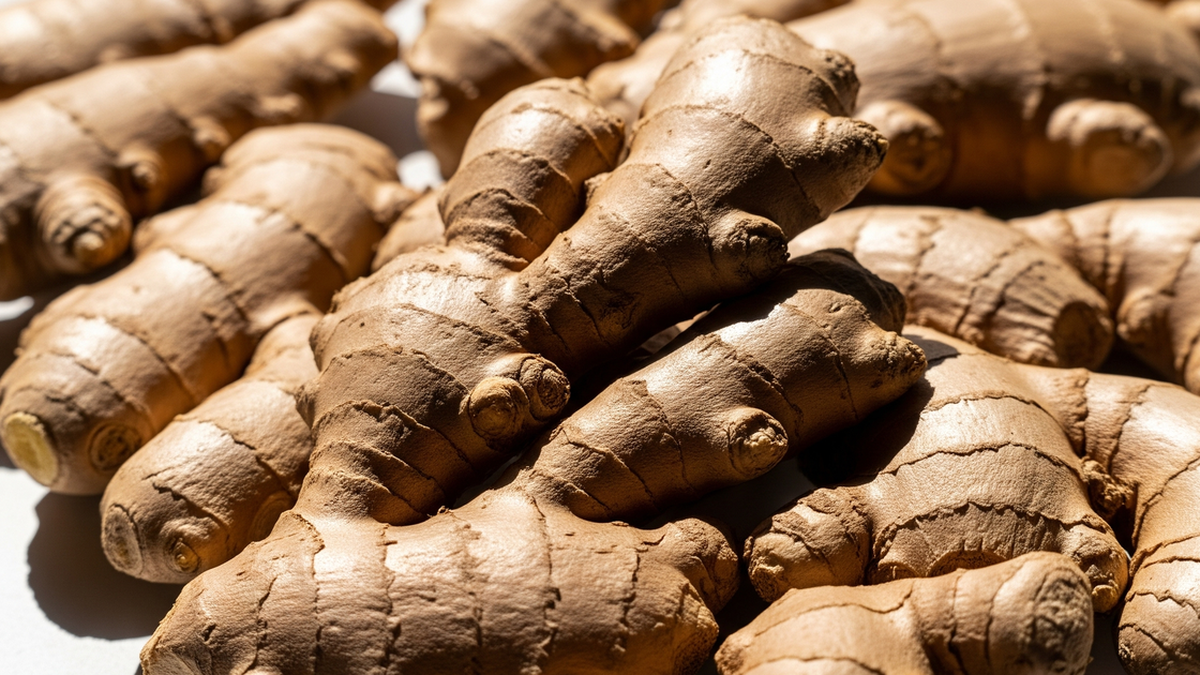


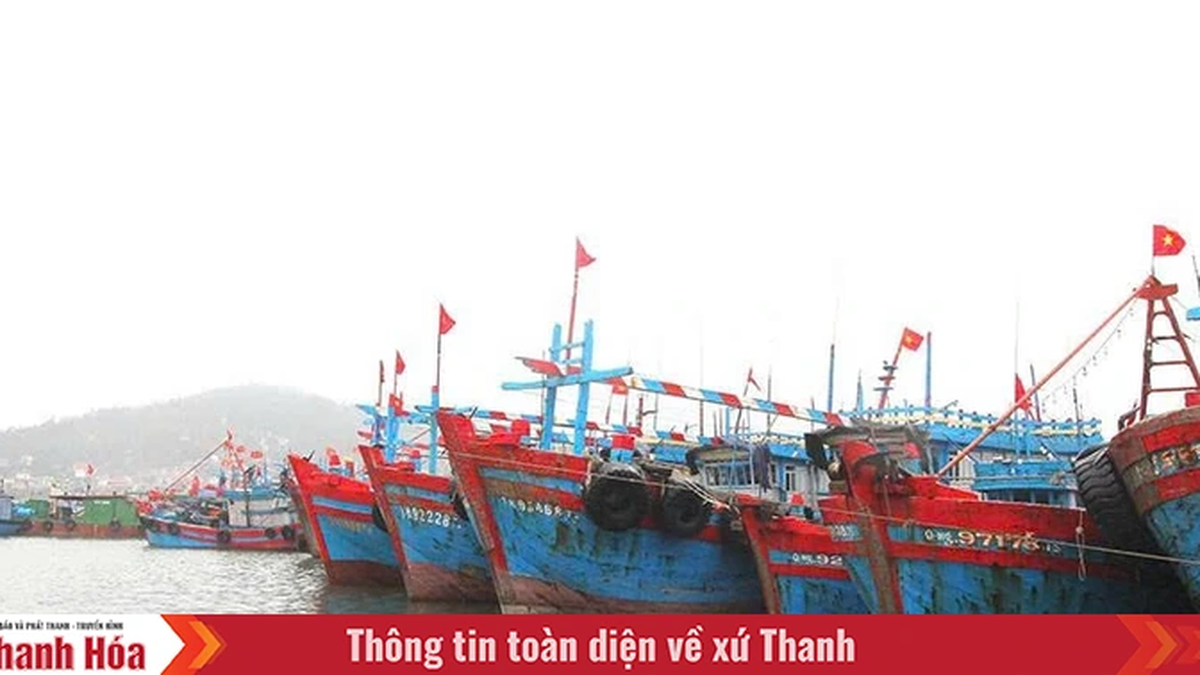

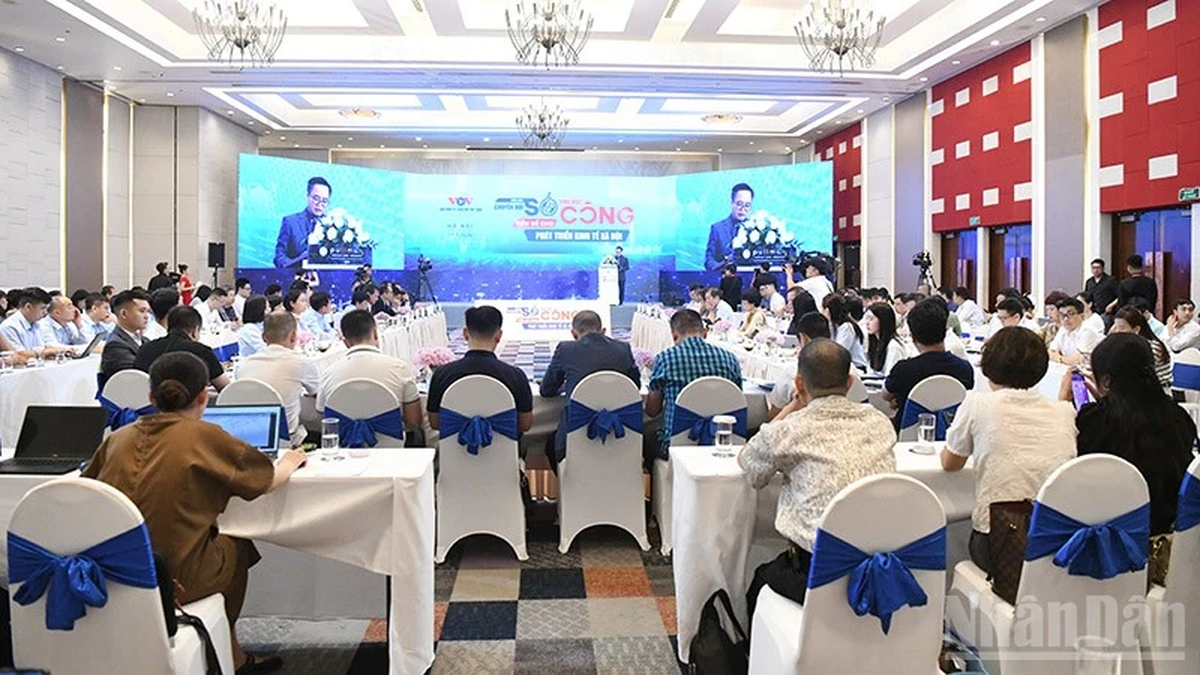
























































































Comment (0)